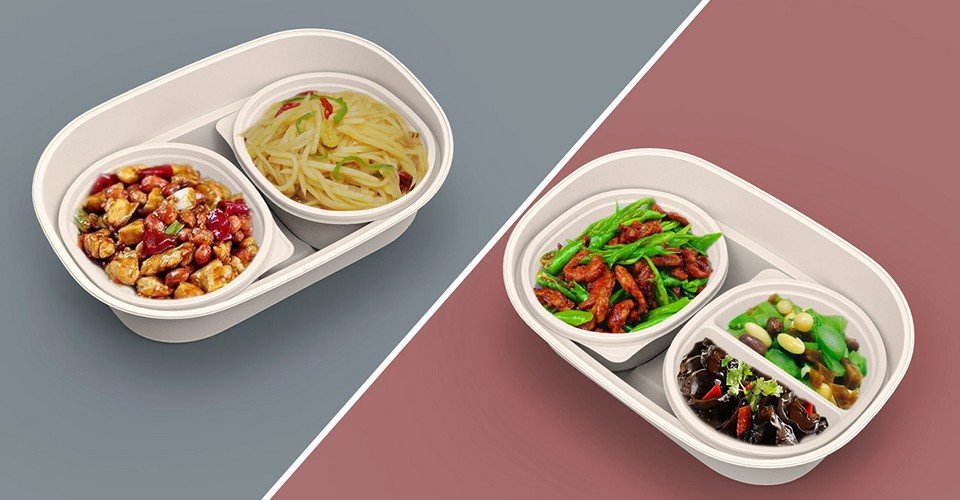
As a new way of dining, takeout is becoming more and more popular in my country. For takeout, people mostly pay attention to its delivery time, whether it tastes delicious, and the service attitude of the delivery staff, but few people pay attention to its packaging and hygiene and safety, and ignore the belt that needs to be loosened every once in a while. buckle. Recently, the news that takeaway shops have replaced freshly fried and stewed with low-quality instant food packs has renewed consumers’ attention to the safety of takeaway food.
Office workers said that they often order takeaways on weekdays. “When you go to a restaurant, you have to wait in line for a table. The noon time is tight, and takeaways can save a lot of time. What’s more, takeaway platforms often hold events, and it’s cheaper to order food online than to eat in the store.” Some friends who work will also order meals on weekends. They say that rest days are too rare, and they don’t want to bother to cook anymore.
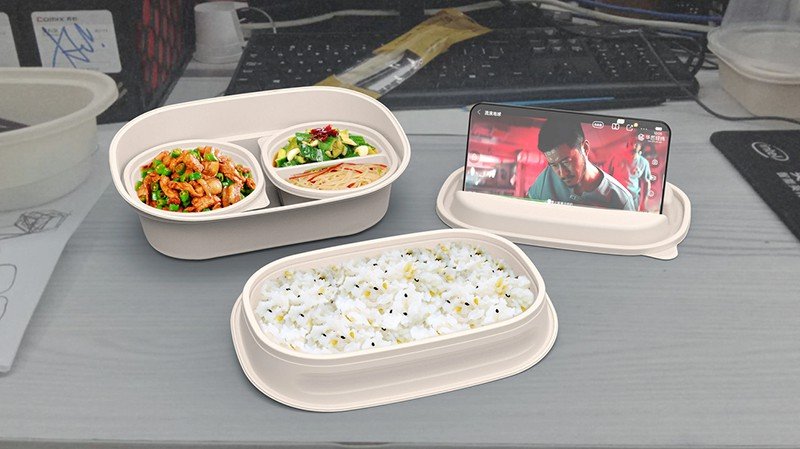
Food delivery reflects a dramatic change in people’s lifestyles. According to the “2017 China Diet Well-off Index” survey, 82.6% of people said that food delivery software has changed their eating habits; 62.5% of people’s average monthly food delivery spending accounts for more than 40% of their overall food spending.
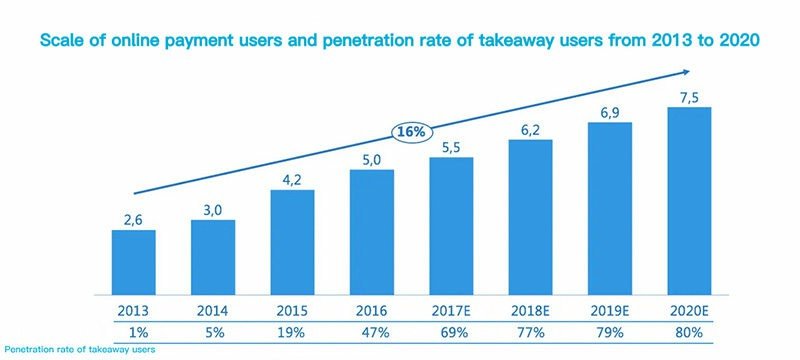
The earliest concept of takeaway is very broad, including all goods and services provided by delivery methods, such as door-to-door maintenance, water delivery, flower delivery, etc. Nowadays, most of the takeout we often talk about refers to food delivery. At first, it was just that consumers went to the restaurant to pack the food away. With the development of communication, telephone ordering became popular. People can order food in advance, and then pay for it at the store. Meal time; then online ordering developed, students and white-collar workers became the “main force”, but the delivery range was generally within 500 meters; in recent years, the popularity of smart phones and mobile payment has led to an explosive growth of takeaway merchants, and people only need to move Fingers, the meal is delivered to your door.

Behind the appearance of low-cost, time-saving, and convenient takeout, not only are people becoming more and more “lazy”, but also many problems.
In order to gain a place in the fierce market competition, the taste of takeaway is very important. If customers don’t feel good after eating, they may not buy this takeaway again. In order to increase the taste of dishes, many takeaway merchants add more oil, sugar and salt in the process of making dishes. High oil, high sugar, and high salt are important characteristics of takeaway.
Oil, salt and sugar are one of the important seasonings. When cooking at home, we try to reduce oil, salt and sugar as much as possible. For takeout, everything is premised on taste. Eating takeout frequently may lead to an increase in the intake of oil, salt and sugar. The high intake of these condiments will not only make us invisibly develop the habit of heavy taste, but also increase the risk of diabetes, hypertension and obesity.
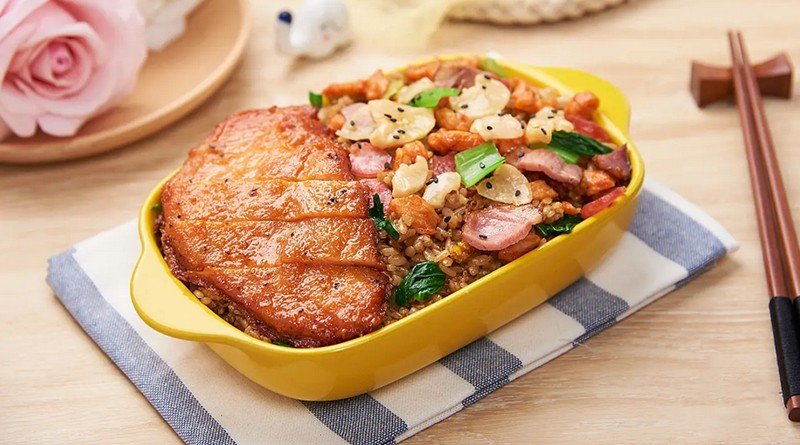
It seems unrealistic to many people to go home for lunch after being busy with work. In order to fill the stomach, it can only be accompanied by takeout. Not only do we have to fill our stomachs, but we also try to eat takeaways as healthy as possible. In takeaway dishes, you should choose more steamed dishes, and try not to choose fried food. Fried food with high fat content will also produce carcinogens during the production process, try to avoid fried food.

Steamed vegetables are one of the cooking methods. Steaming maintains the original flavor of the dishes and preserves the original protein, cellulose and other nutrients of the food to the greatest extent, and steamed vegetables are easier to digest than fried dishes. The stomach is also very good. For takeout, it is better to choose as few as possible, and it is healthier to cook your own meals if you have time.

Quality is difficult to guarantee. The threshold for the takeaway platform is low, and you only need to upload photos of the facade, business license and license to enter. The takeaway “black workshops” that operated without a license, greasy everywhere, and mosquitoes were often exposed, and then the takeaway platform began to rectify. The media revealed that takeaway shops use cheap, low-quality, and unsanitary instant food packs to make meals. Just heat the instant food packs, pour them on rice, and add a few boiled vegetables to make a meal. Although these kinds of takeaways are affordable, most of them cannot see the “true color” of the ingredients, and the behind-the-scenes production process is even more disgusting. In some large-scale instant bag processing plants, the staff do not wear gloves and hoods to operate, and the temperature of the cold storage does not meet the standard… These will bring food safety hazards.
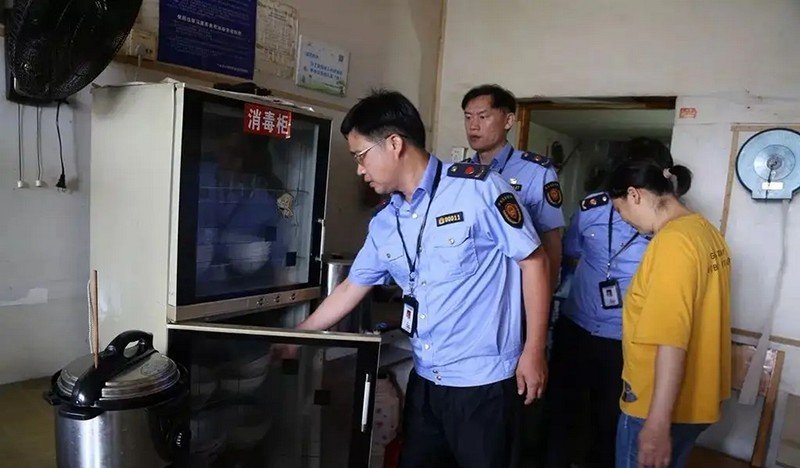
Nutrition is not balanced enough. Many restaurant foods, including takeaways, add a lot of oil, salt or sugar in pursuit of “deliciousness”, which violates the principles of healthy diet control. People have a strong adaptability to taste. If you eat too much food with heavy taste, it is difficult to accept a light diet. You need to eat more food with heavy taste to satisfy your appetite. In addition, most takeaways have unreasonable nutritional combinations, and vegetables, fruits and whole grains are seriously insufficient. Frequent eating of takeout may result in excessive intake of fat and salt, unbalanced nutrition, and prone to obesity, high blood pressure, heart disease, and gastrointestinal diseases.
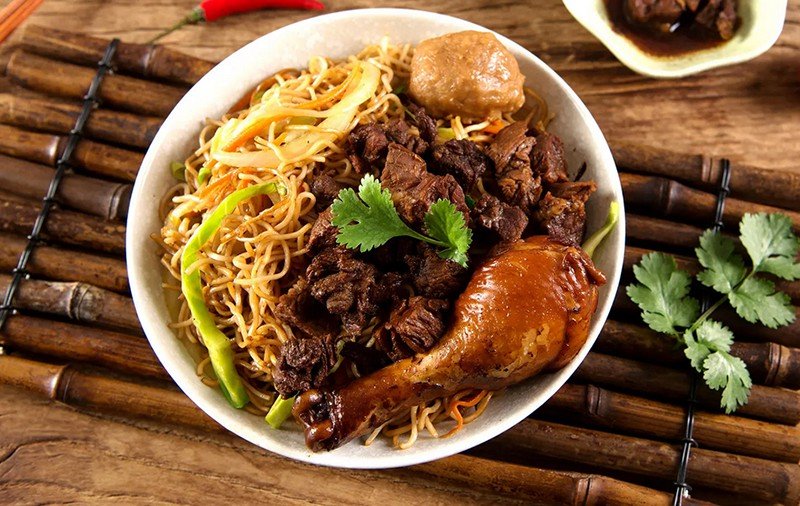
Ingestion of harmful substances. Even if the safety and nutrition of take-out are guaranteed, the harmful ingredients in disposable lunch boxes are still a big problem. If the delivery time is long or inferior lunch boxes are used, the safety risks are even higher. According to the Milken Institute of Public Health Research in the United States, many foods, especially grains and meat, can cause phthalates (a plasticizer) in plastic containers to dissolve during the heating and packaging process, which interferes with the human endocrine system, increased reproductive system disease, autism, asthma risk.
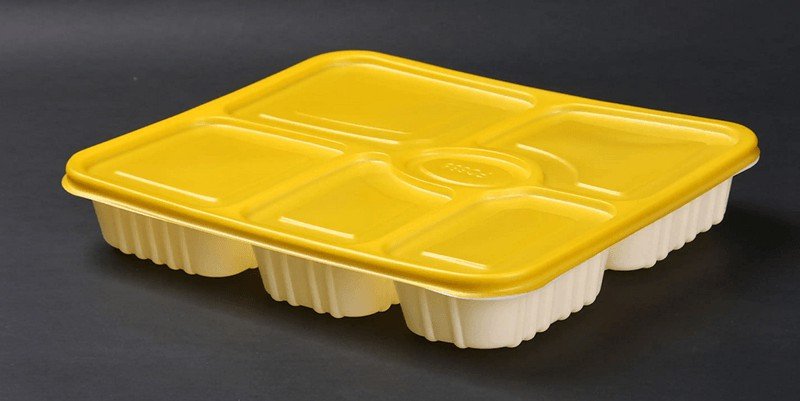
Affect traffic safety. In order to attract customers with “convenience”, takeaway platforms often stipulate shorter delivery times. If the delivery delay is complained, the delivery person will be fined 200 yuan, while running a red light will only be fined 50 yuan. Many people take a fluke and ride an electric bike to rampage on the road, running red lights, going the wrong way, and parking indiscriminately. Due to the difficulty in detecting and predicting, and the lack of protective measures, it brings great safety hazards to traffic, and therefore, the delivery staff has become a “high-risk” occupation.

Cause environmental burden. Based on 20 million orders per day, one plastic bag per order, and 0.06 square meters per plastic bag, the plastic bags used can cover 168 football fields. These plastic bags are mainly made of polyethylene, which is difficult to biodegrade. If they are not recycled, they will inevitably pollute the soil and water, and even become breeding places for mosquitoes, flies and bacteria. Most of the disposable lunch boxes on the market are made of pp or pvc. If they are not handled properly, they will easily cause environmental pollution; if they are landfilled or incinerated as domestic waste, it will cause “white pollution” and waste of resources.
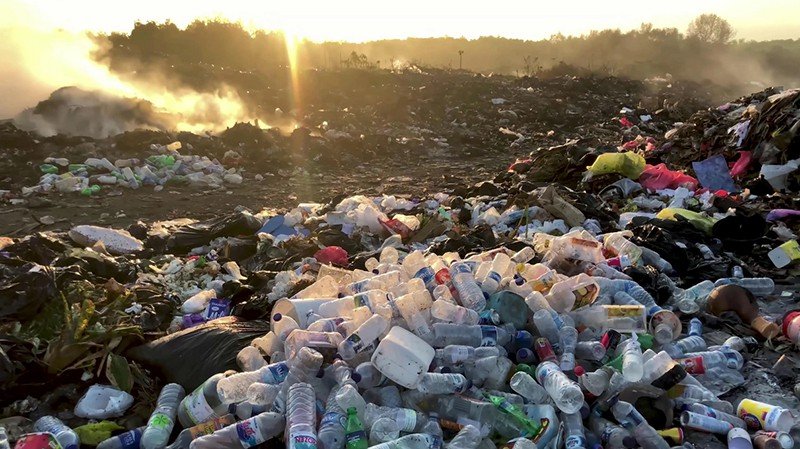
“Although takeout has various problems, it is only a form of catering, a product of social demand, and the development trend of convenience food, which cannot be stopped.” What we need to do is to slow down the pace of the industry, standardize industry standards, and at the same time strengthen popular science propaganda , to help consumers choose healthy food. In this regard, the following suggestions are given.
Raise the barrier to entry. The takeaway platform should strengthen the review of the merchants and delivery staff, and have special personnel to inspect the relevant documents, business conditions and sanitary conditions of the merchants on the spot, promote the construction of transparent kitchens, conduct regular random inspections, and sign formal contracts with the merchants to clarify the rights and responsibilities of both parties and restrain the behavior of both parties. Relying on the supervision of brick-and-mortar stores to ensure the safety of online ordering, merchants need to self-monitor and report to the Food Recall Committee within 24 hours if they find problems, and take remedial measures and release them to the public in a timely manner.
Raise awareness of rights protection. Consumers are the strongest supervision. If consumers have higher requirements for food delivery, it will form a natural binding force and promote the healthy development of the food delivery industry. The United States passed the “Food Safety Modernization Act” in 2011. The public has a high awareness of rights protection. As long as there is a possibility of harming health, they can file a lawsuit and solve it through legal means. If an online restaurant violates relevant regulations, it will face huge fines and even So closed down.
Pay attention to safety indicators. The food delivery industry cannot develop unrestrictedly based on the principle of competition speed. The platform should make more tolerant calculations on the weight of dishes, traffic and weather conditions. Although it may lead to higher costs and lower delivery rates, this is a matter of consumers and norms. The industry has to compromise. Rules and regulations should be set up within the platform to regulate the behaviors that occur in the process of food delivery. If a company’s delivery staff causes a traffic accident, the company and the delivery staff should jointly accept the punishment. Only in this way can the footsteps of the delivery staff really stabilize.
Standardize food packaging. The country should regulate the production and use of plastic food packaging, vigorously advocate green, non-toxic, and non-polluting materials, and at the same time encourage innovation to find low-cost, more environmentally friendly packaging. Consumers should realize that “food packaging is equivalent to food”, try not to use disposable tableware and plastic bags, and use environmentally friendly degradable tableware and degradable bags. Degradable tableware is made of starch, cassava, bagasse, etc. as the main raw materials, adding annual plant fiber powder and special additives, and chemically and physically processed to make biodegradable fast food boxes. Because starch is a biodegradable natural polymer, under the action of natural microbial enzymes such as bacteria and molds, chemical and biological reactions occur, and finally decompose into water and carbon dioxide. In addition, compared with ordinary plastic bags, the main difference between degradable plastic bags is that they do not contain polyethylene components in ordinary plastic bags, and can also be degraded into environmentally harmless substances under natural conditions. Either compostable cutlery or compostable plastic bags typically break down within 180 days, sometimes faster, depending on the exact type of resource they use. Some resources tend to break down faster than others.
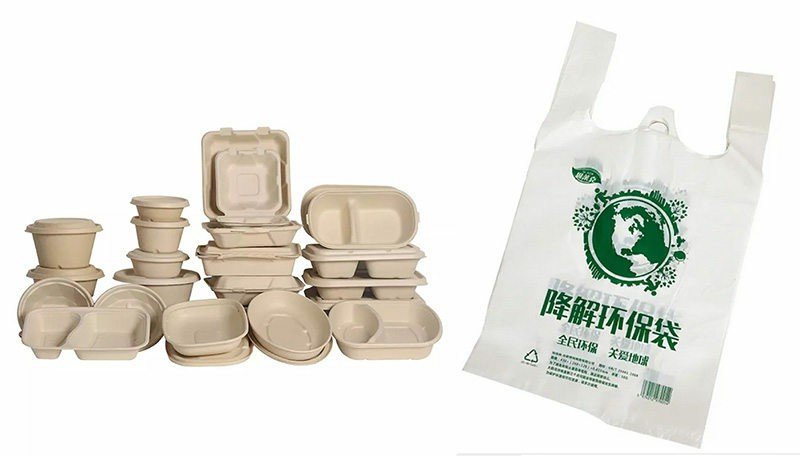
In the end, takeout is just an expedient measure. It is only a supplement to the form of catering and cannot be used as the main body of the daily diet. It is recommended that you cook your own meals and mix them reasonably.
Key words: takeout, food packs, takeaway food, Food delivery, restaurants, fried food, gloves, disposable lunch boxes, phthalates, plasticizer, environmental burden, plastic bag, polyethylene, biodegrade, pp or pvc, environmental pollution, white pollution, food packaging , green, non-toxic, and non-polluting materials, disposable tableware, plastic bags, environmentally friendly degradable tableware, degradable bags, starch, cassava, bagasse, raw materials, plant fiber powder, biodegradable fast food boxes, water and carbon dioxide, ordinary plastic bags, plastic bags, compostable cutlery, compostable plastic bags.





